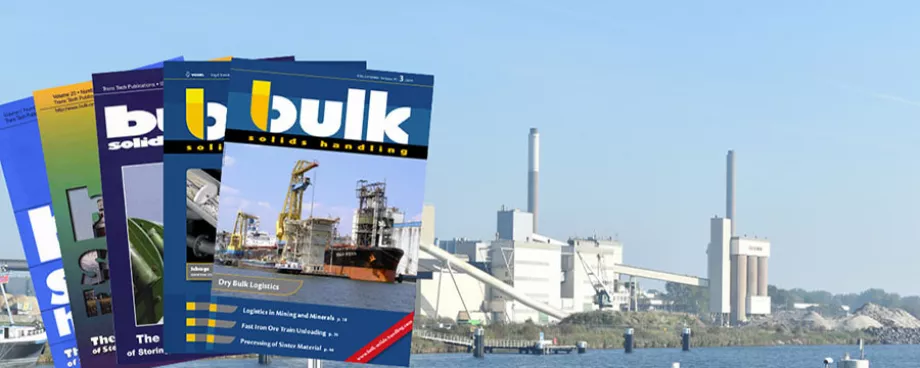In the last few years the following coal-shipping studies have been carried out chronologically:
a) 1978-80: The Boeing Pacific (BPAC) Bulk Commodity Transportation System was studied for the Maritime Administration to evaluate the slurry pipelining of Utah coal to California for export to the Orient. Dual 40-in. diameter pipelines, would extend 3 miles offshore with a 36 in diameter water-return pipe would load 6000t/h into a 350,000 DWT ship with a 75 ft draft lying in 177 ft deep water.
b) 1980-81: New York City has contracted for engineering and environmental studies for two 30 in diameter coarse coal slurry pipelines across Northeast Staten Island to dry-load coal ships for European trade at a rate of 4000 t/h (20·106 t/year}.
c) 1982: A conference was held in Hawaii in January to examine Pacific Rim coal markets such as The Electric Power Development Corporation in Tokyo, Hong Kong, Korean, and Taiwanese utilities and industries. The suppliers are expected to be Canada (met. coal) Australia (met. and steam coal) and the US (steam coal).
d) 1982: Italy, the Netherlands, and France are scheduled to have deep draft ports of 75 ft for 350,000 DWT ships by 1985. All of Europe except the UK is expected to import coal in the 80s.
Recent port congestion on the US eastern coast has highlighted the limitations of coal exports from the eastern seaboard. The ports suffer from aged facilities, shallow drafts, built-up neighborhoods restricting expansion labor strikes, and they are governed by authorities with conflicting and narrow interests. Despite these shortcomings the US has considerable incentives to develop overseas trade from all coasts. Her coal is generally higher quality, cheaper to mine and transport, and more recently, due to the Staggers Act, now able to be shipped under long-term contracts.
■







